Learn or return to the defense of a bullet hitting the side window or hitting the side window and then the back window (doble pared). Julien Bondia, from Tenerife, returns to this part of the game that deserves some practice time to master it. Before setting it up on the ground here is the procedure to follow.
First of all it is important to differentiate the bounce areas on the glass and especially the speed at which the ball arrives. We will not react the same way with a slow ball and a fastball.
1 zone: the side window close to the gate
This area is very often sought by your opponents during the service. A low rebound will make our return difficult. In the course of the game, it will be a little easier to return bouncing balls in this area, but everything will depend on the speed.
- Quick ball: In order not to end up with a very complicated ball to send back and especially to avoid making the mistake, the advice will be to get closer to the glass to hit the ball just after she touched the glass; a kind of half-volley on the window. This way you have the body in attack position, leaning forward, speeding up your ball. If you control the time well, your ball will surely return to the side of your opponents.
- Slow Ball: Although we can play a slow ball in the same way as above (closer to the window), it is advisable to step back, to take the time to adjust to the trajectory for finally play either a tense ball or, and I prefer, play a lob. Since on this one we will go backwards, it is better to lift the ball.
2 zone: End of the first side window and beginning of the second side window
This area is often found by your opponents when bandejas, smashes or aggressive volleys.
- Fast Ball: A ball that will have little height and therefore little rebound will be "hard" enough to defend in this area. The advice: do not let it pass and opt for a half-volley.
- Slow Ball: With time and training you will come to play these balls that are really not easy. A slow, bouncing ball in this area will have to bounce off the side window and then hit against the window (be careful to protect your face).
3 Zone: The double pane
We will consider the 3 area as an area where the ball will bounce on 2 windows; firstly the lateral and then the bottom (and not the reverse). Generally the balls bounce like this after a smash of your opponents or balls hit flat over the shoulder (it also works with bullets but good ...)
- First possibility: Turn with the ball. Racket in front of you, you will make many small steps of adjustment, turn with the ball to finally accompany it by pushing it towards the camp of your opponents. Be careful to hit the ball in front of you. Advantage of this position: After shooting with the ball, you will return to a correct position on the field.
- Second possibility: Do not turn with the ball but wait for it. When you know that the ball will take the path of a double pane, you retreat until almost stick your back next to the joining of the first two panes of the bottom of the field. Once the ball has hit the back glass, you just have to go forward to play it. Advantage of this position: After hitting your ball you will be very advanced in the field which will allow you to put your opponents under pressure. In case your opponents do not play a pared doble but a smash at the bottom pane, you will already be in place to counter it.
Do not hesitate to ask questions.
Julien Bondia is a teacher of padel in Tenerife (Spain). Columnist and advisor, he helps you play better through his tutorials and tactical/technical articles padel.




































































































 The first five tournaments Premier Padel in statistics
The first five tournaments Premier Padel in statistics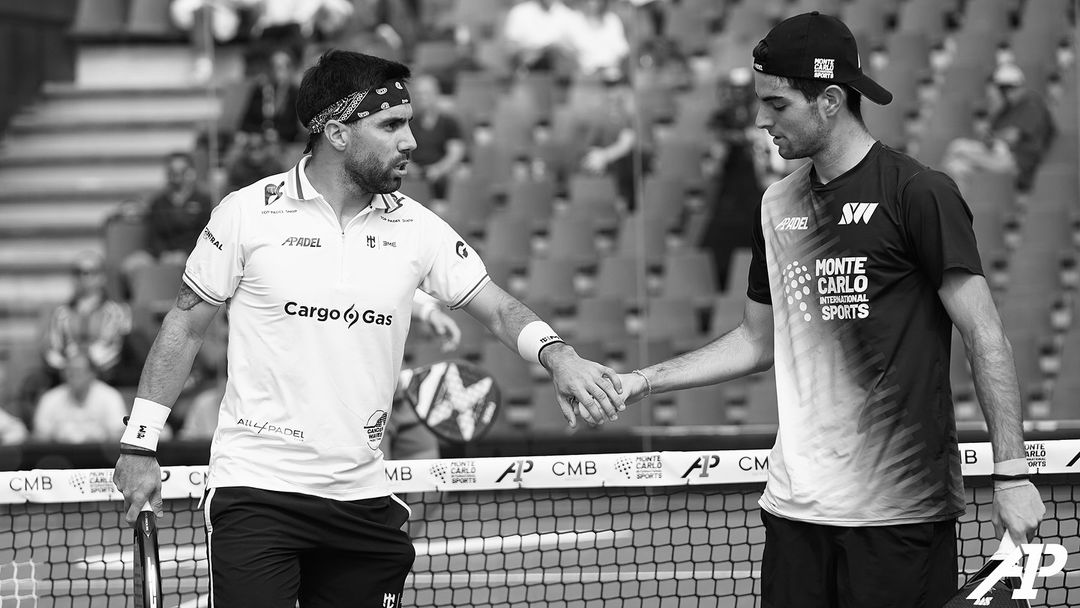 Juani De Pascual and Agustin Torre, it's already over!
Juani De Pascual and Agustin Torre, it's already over!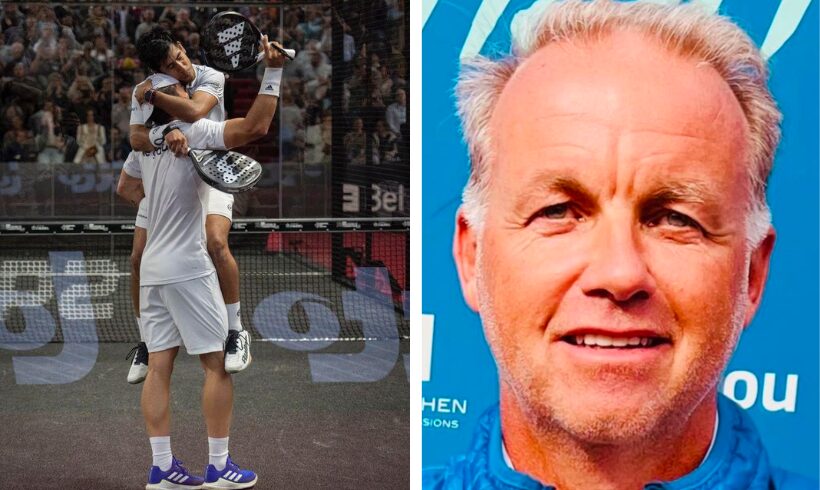 Vincent Laureyssens: “Premier Padel compares us to the Monaco Formula 1 GP”
Vincent Laureyssens: “Premier Padel compares us to the Monaco Formula 1 GP”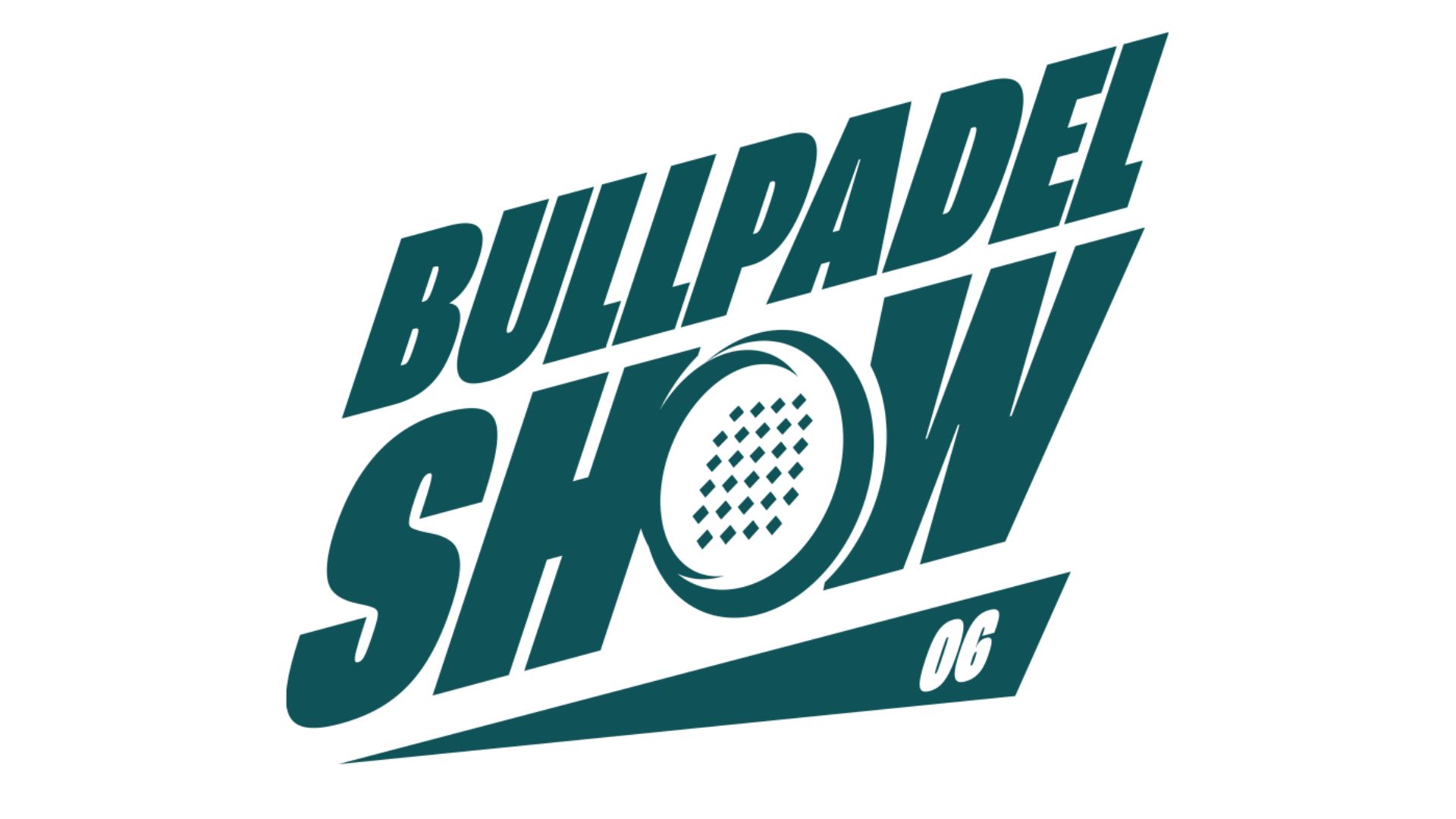 The presentation of Bullpadel Show 06 in Antibes
The presentation of Bullpadel Show 06 in Antibes Ramón Morcillo: “I was surprised by France”
Ramón Morcillo: “I was surprised by France” Guillaume Codron: “South Padel, a family project”
Guillaume Codron: “South Padel, a family project” Nallé Grinda: “Democratize the padel in the USA with PadelX "
Nallé Grinda: “Democratize the padel in the USA with PadelX " Simon Boissé: “We know that there are two nations in front of us”
Simon Boissé: “We know that there are two nations in front of us” P1000 PadelShot Saint-Étienne – Pierre Vincent and Arthur Hugounenq, the kings of the “comeback”
P1000 PadelShot Saint-Étienne – Pierre Vincent and Arthur Hugounenq, the kings of the “comeback”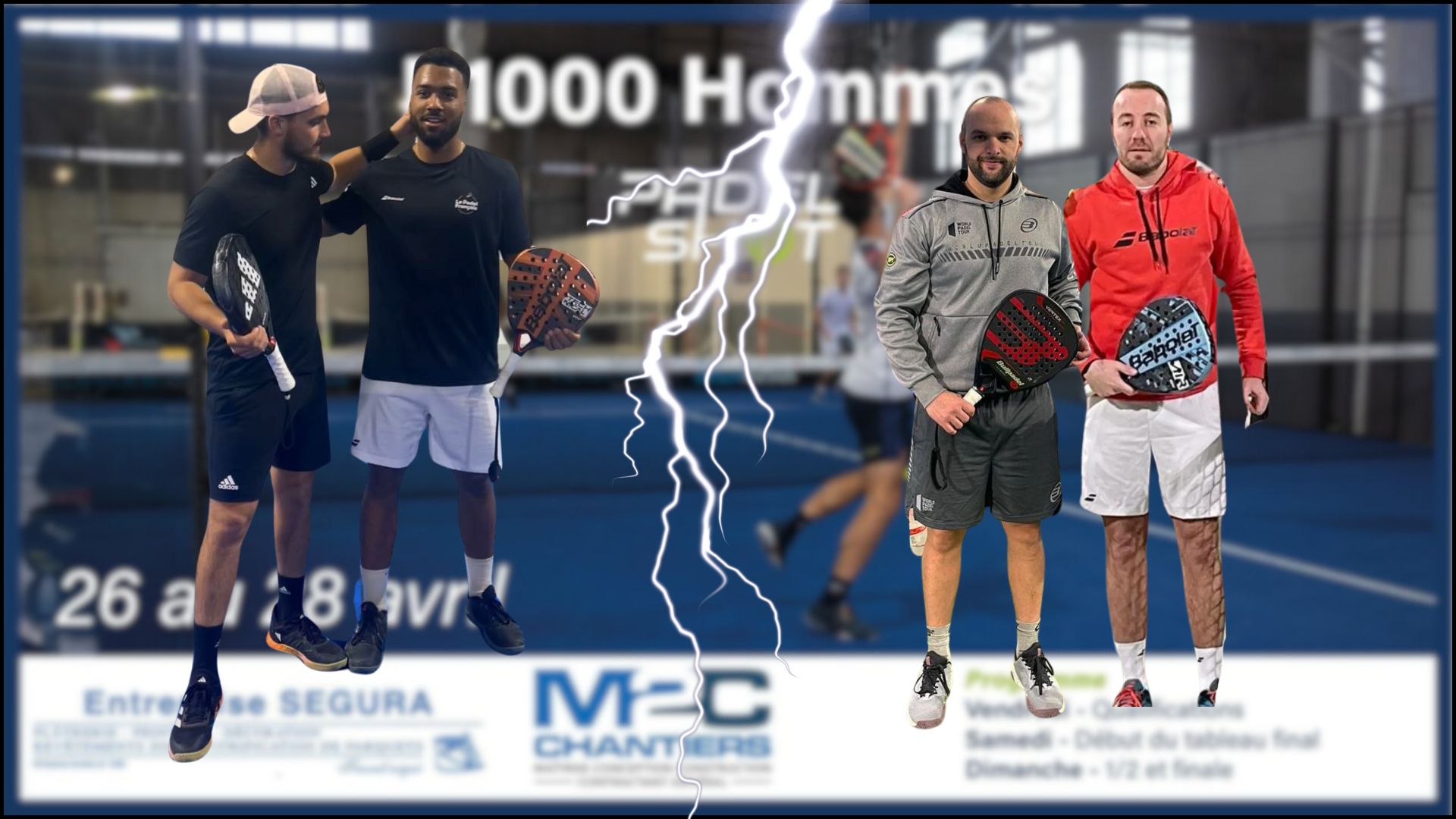 P1000 PadelShot Saint-Étienne – A Hugounenq/Vincent – Authier/Sanchez final to come
P1000 PadelShot Saint-Étienne – A Hugounenq/Vincent – Authier/Sanchez final to come P1000 PadelShot Saint-Étienne – Watch the Hugounenq/Vincent – Seux/Courrin semi-final live
P1000 PadelShot Saint-Étienne – Watch the Hugounenq/Vincent – Seux/Courrin semi-final live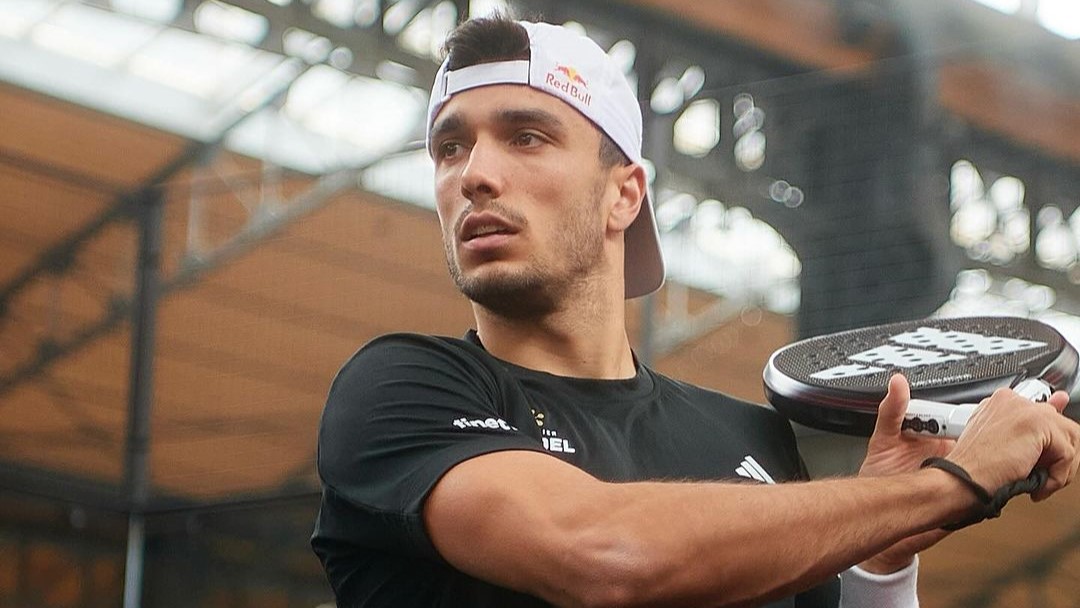 Brussels Premier Padel P2 – Galan makes history with a bronze racket
Brussels Premier Padel P2 – Galan makes history with a bronze racket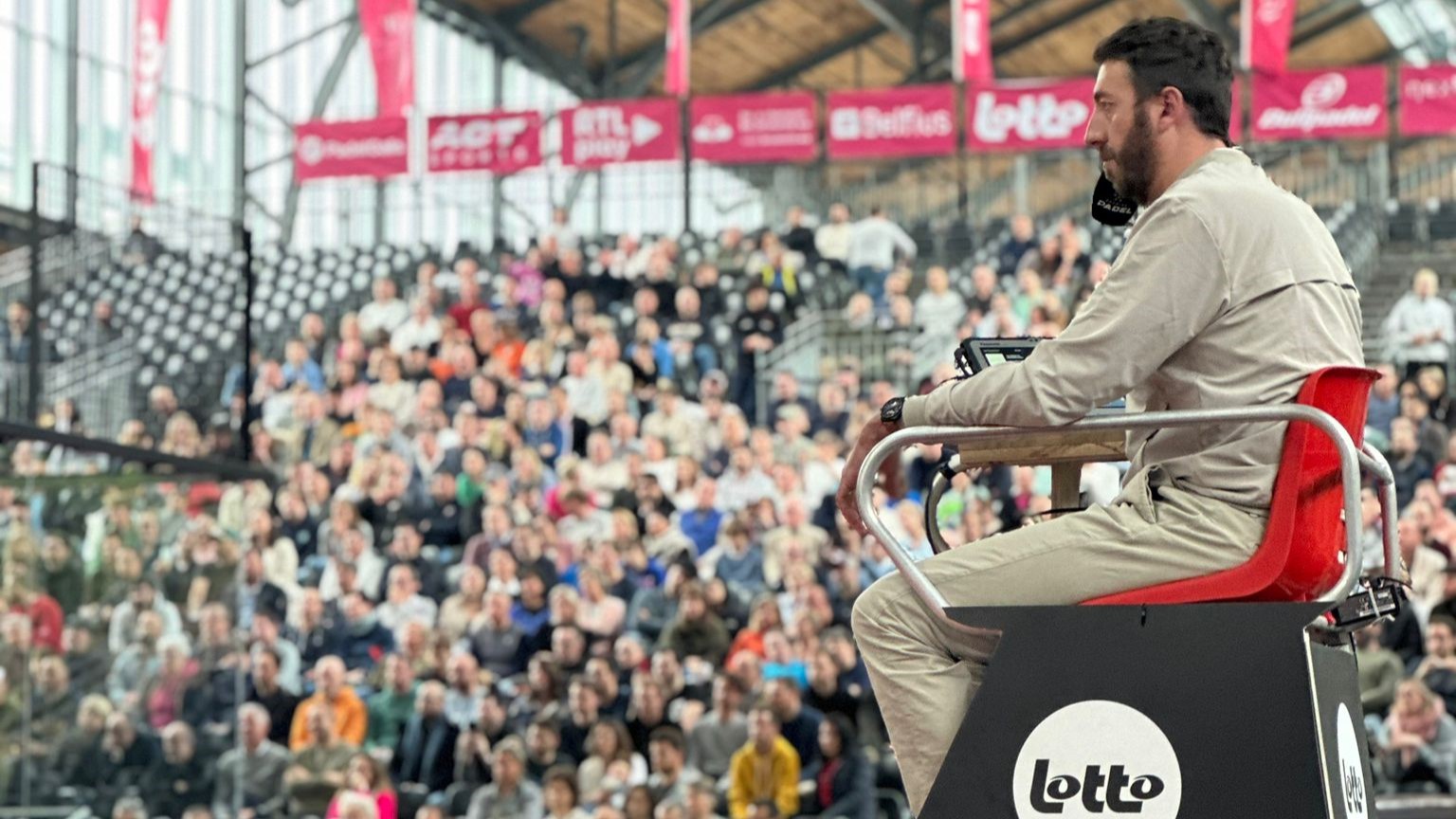 Brussels Premier Padel P2 – the referee did his job in the final
Brussels Premier Padel P2 – the referee did his job in the final José Manuel Escin at the inauguration of Casa Padel DOS: “Finally, and thank you!”
José Manuel Escin at the inauguration of Casa Padel DOS: “Finally, and thank you!” Padel Score comes to Tahiti for American Express Padel Cup!
Padel Score comes to Tahiti for American Express Padel Cup! Do you know the Rafa Nadal Academy Tour?
Do you know the Rafa Nadal Academy Tour? Play at padel on his yacht? Possible for €233.000!
Play at padel on his yacht? Possible for €233.000! Brussels Premier Padel P2 – the final in stats
Brussels Premier Padel P2 – the final in stats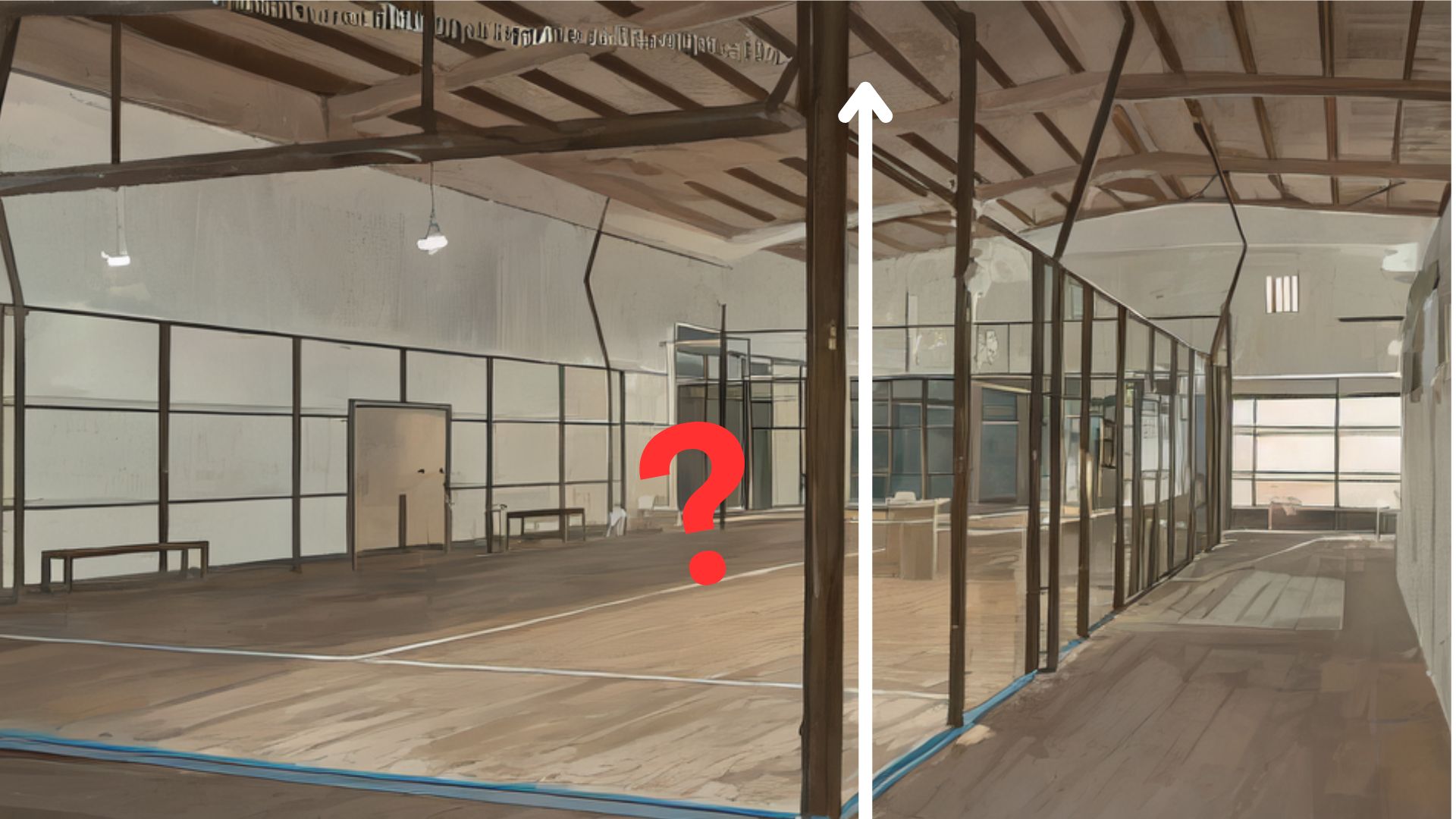 Find out everything about the dimensions of a plot of land padel
Find out everything about the dimensions of a plot of land padel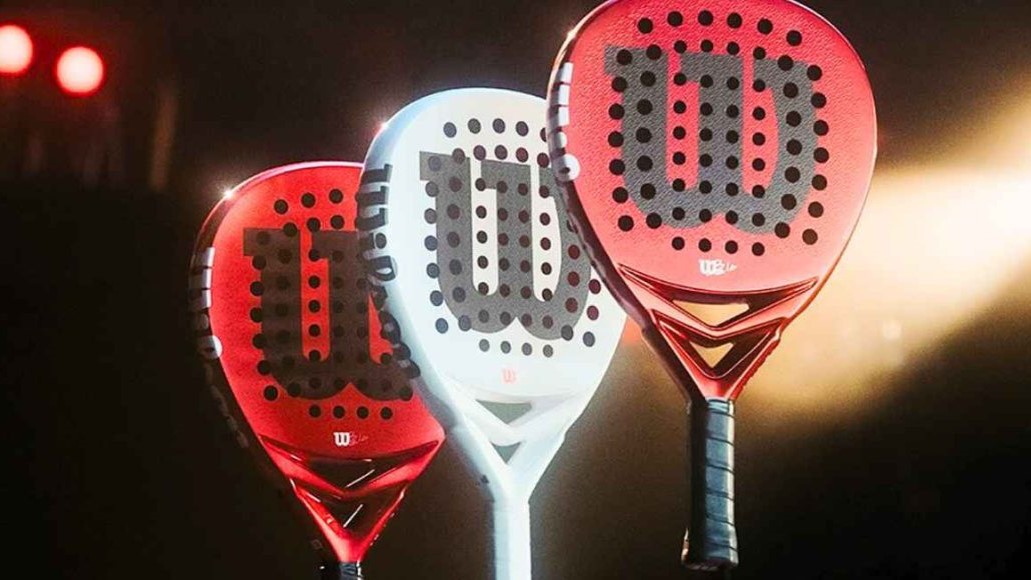 Presentation of the Wilson Bela V2.5 collection
Presentation of the Wilson Bela V2.5 collection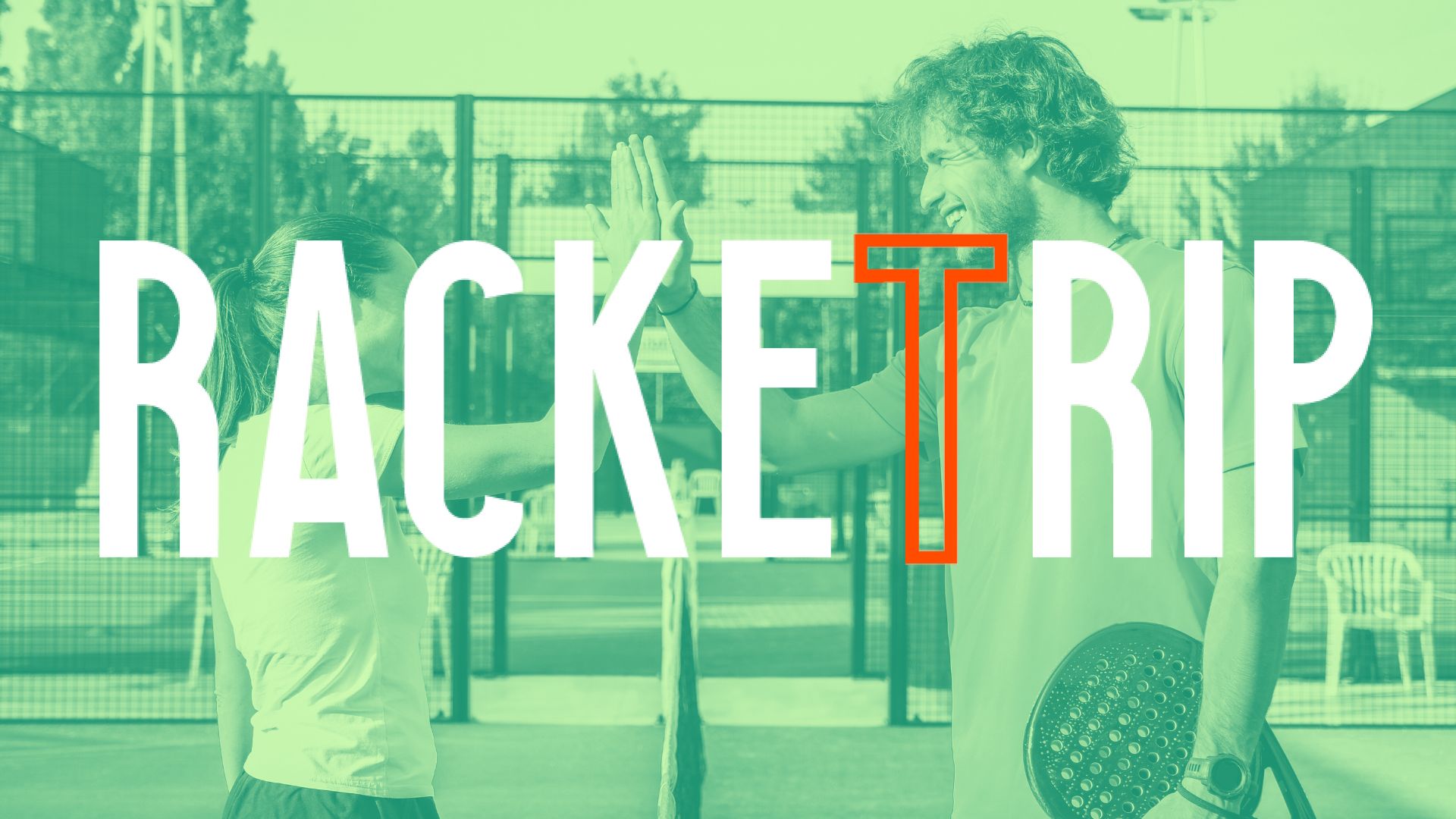 The LinkedIn of racquet sports: Racket Trip
The LinkedIn of racquet sports: Racket Trip At the heart of padel – Episode 25: Paul and Andoni answer your questions
At the heart of padel – Episode 25: Paul and Andoni answer your questions At the heart of padel – Episode 23: defend the window well
At the heart of padel – Episode 23: defend the window well Prohibition on playing topless Padel : the reasons
Prohibition on playing topless Padel : the reasons FIP Tour – Going far from Europe, THE strategy to earn points!
FIP Tour – Going far from Europe, THE strategy to earn points! What is a good football player? padel ?
What is a good football player? padel ? “Lefties give me headaches when I play against them!”
“Lefties give me headaches when I play against them!” At the heart of padel – Episode 14: how to earn points in winter?
At the heart of padel – Episode 14: how to earn points in winter? The basic tactics of padel
The basic tactics of padel A par 4 is always a winner...even if you manage to defend it!
A par 4 is always a winner...even if you manage to defend it! Carbon fiber VS fiberglass: what to choose?
Carbon fiber VS fiberglass: what to choose? How to effectively test a racket padel ?
How to effectively test a racket padel ? La padel to fight Parkinson's disease
La padel to fight Parkinson's disease Don't play with a cracked or broken racket, your body will thank you!
Don't play with a cracked or broken racket, your body will thank you! Michel Cymes: “The padel, physically, it’s serious!”
Michel Cymes: “The padel, physically, it’s serious!” Our Top 10 training courses padel in France and Europe
Our Top 10 training courses padel in France and Europe Jeremy Gala: “Promote the padel among young people in Belgium remains a challenge”
Jeremy Gala: “Promote the padel among young people in Belgium remains a challenge” The French Touch Academy organizes its selection day Padel-Study
The French Touch Academy organizes its selection day Padel-Study Report on the detection and training of younger generations
Report on the detection and training of younger generations